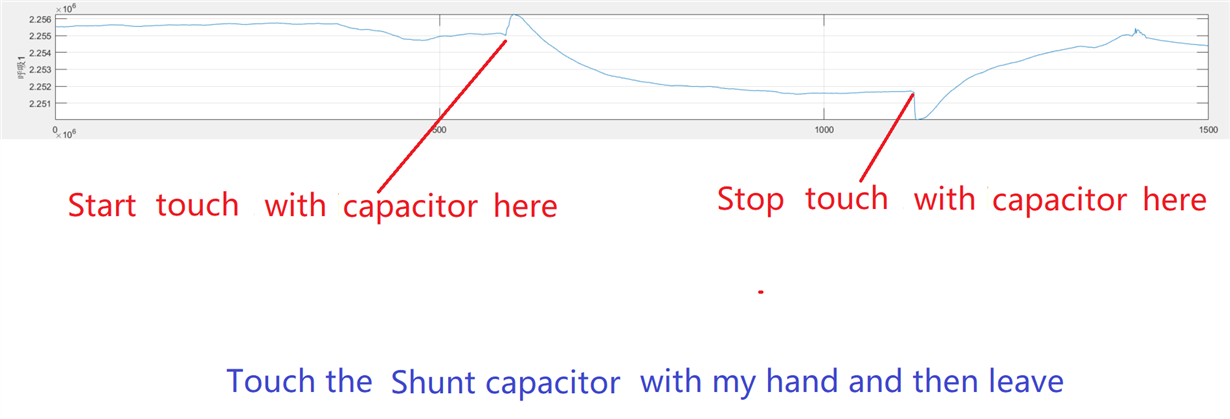Hello
We use the ldc1101 chip with an circular inductor coil. We need to olny measure the inductance change caused by the expansion and deformation of the inductor coil. We find that when the inductor coil does not have any deformation, we only move or flip the device and the coil in space. It also causes the ldc1101 output a great change in inductance, we want to know what is the cause of this phenomenon and hope to solve it. Thank you.
We known that The LDC1101 output value is related to the coil itself and the medium around the coil. so our test is done far away from other objects, with the hands move or flip the coil and ldc1101 in the air.
Moreover, we use the 0805 surface-mount inductor instead of the coil, directly connected to the two input terminals of ldc1101, and to make the ldc1101 space move or flip at any time, and also cause a large change in the output inductor of the ldc1101.



